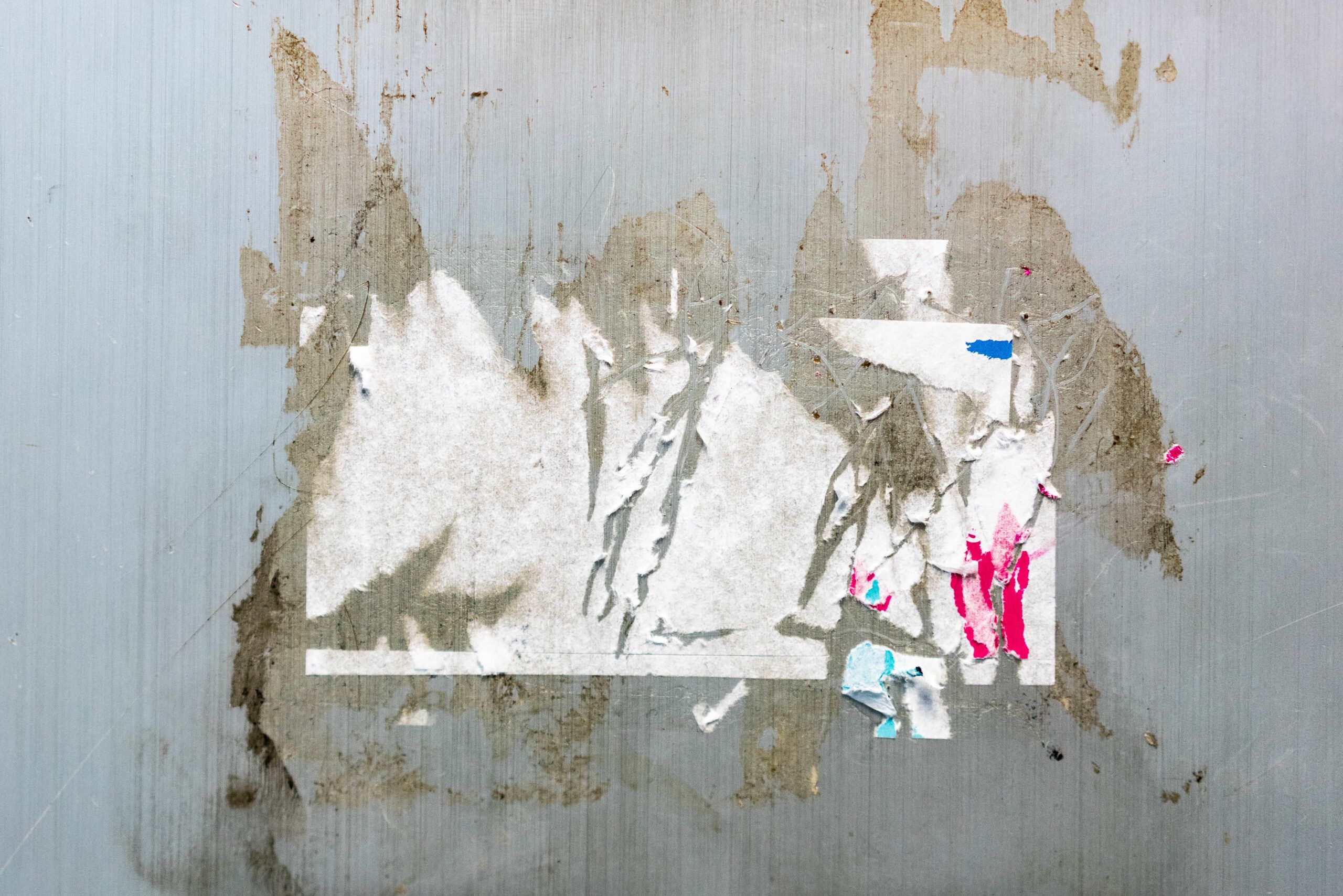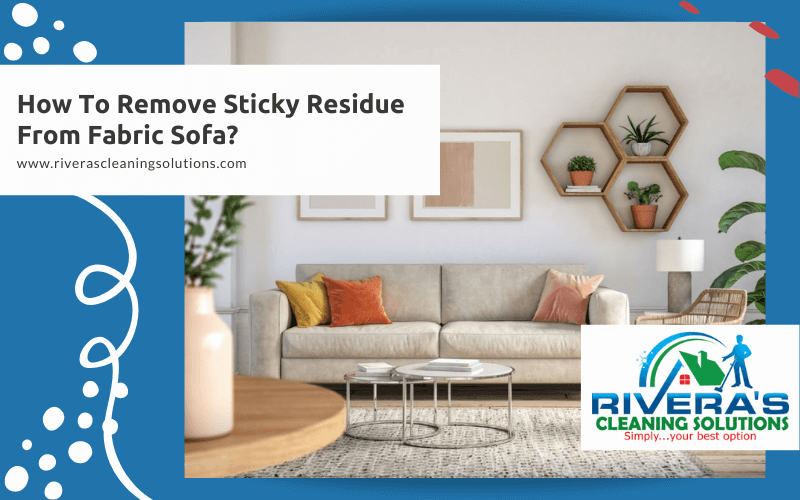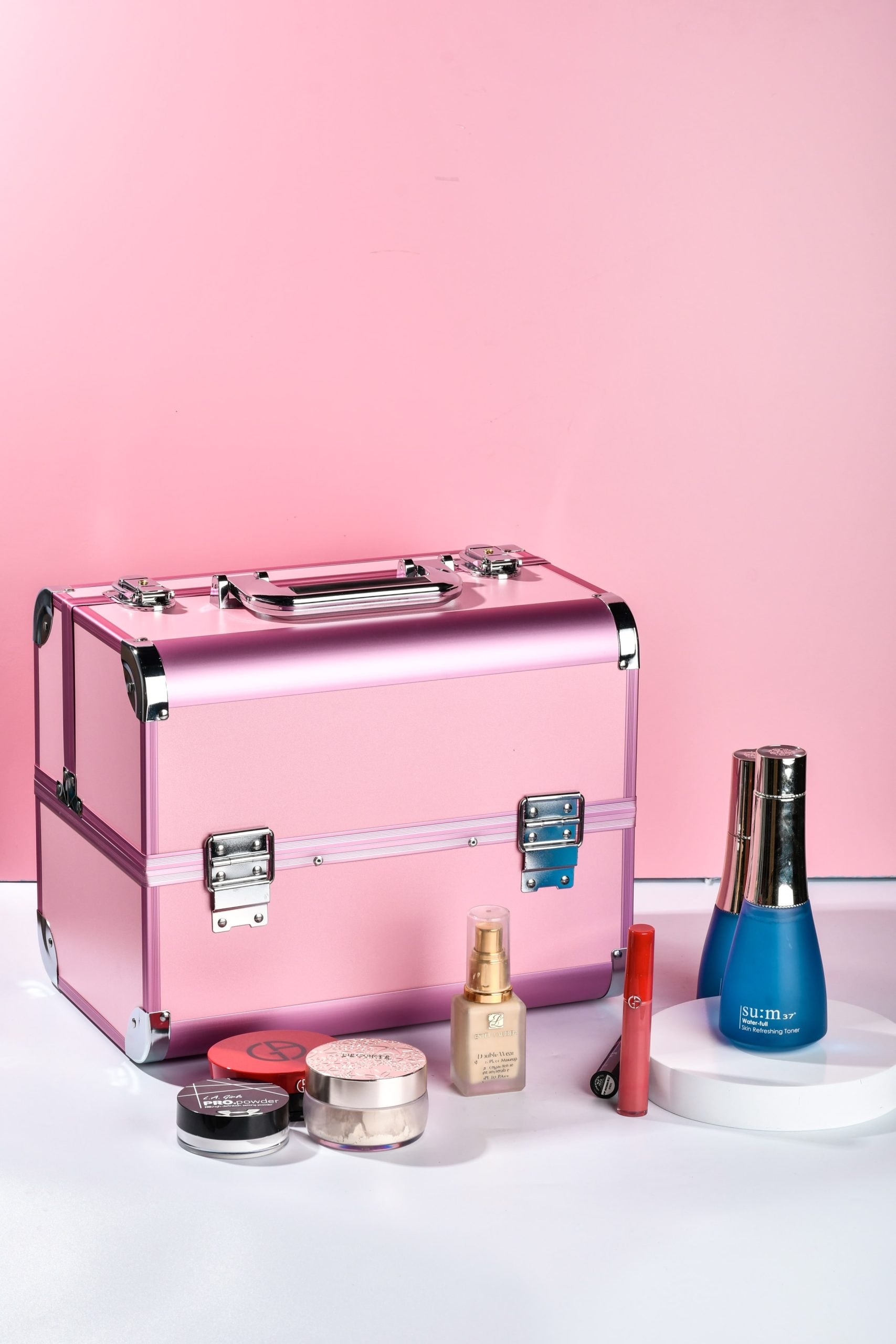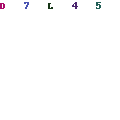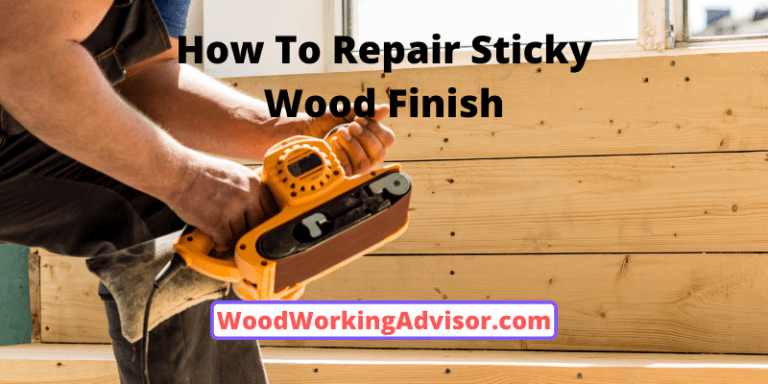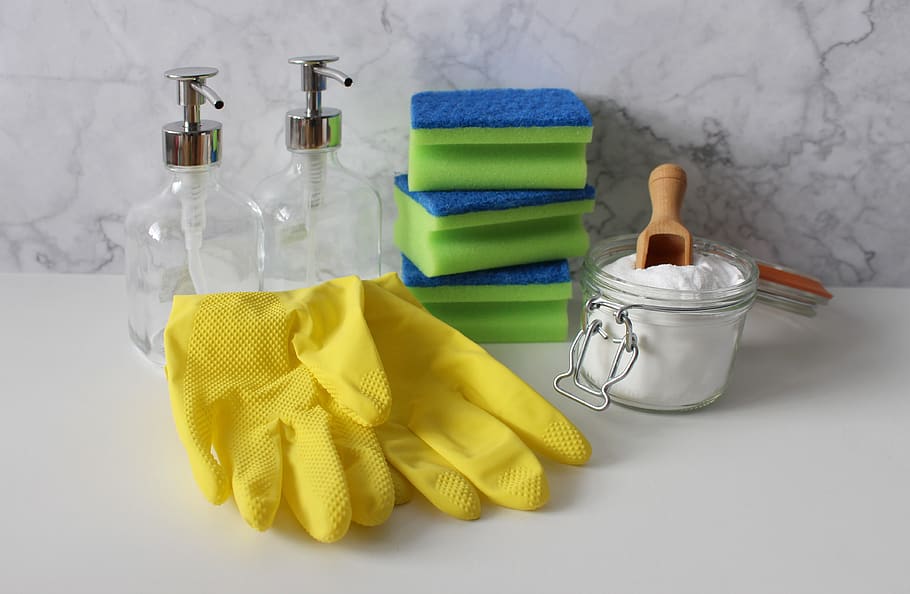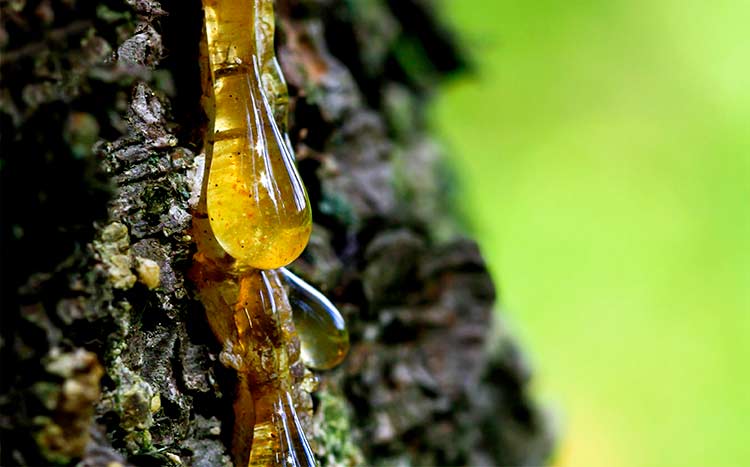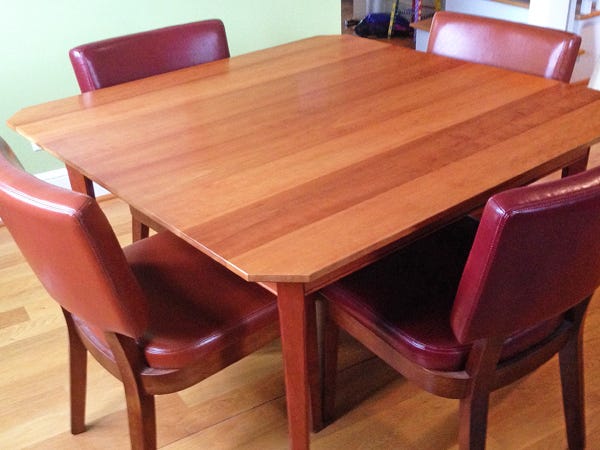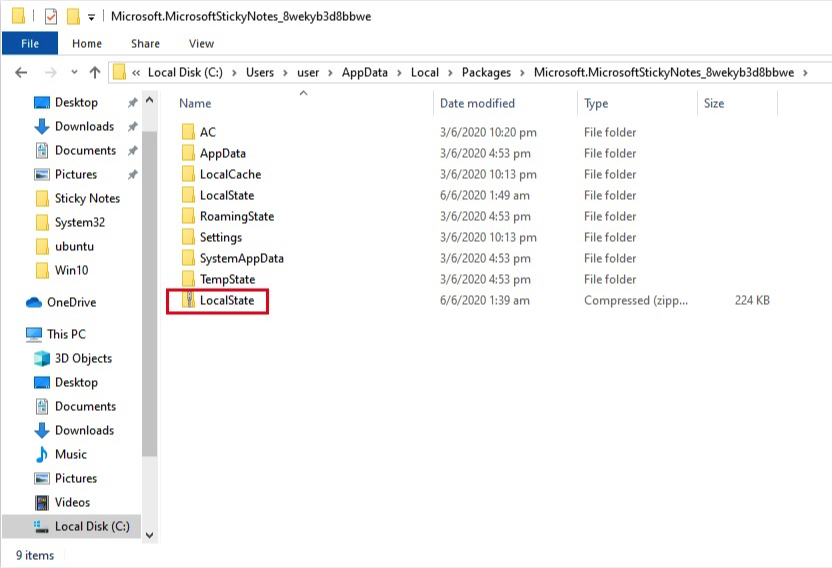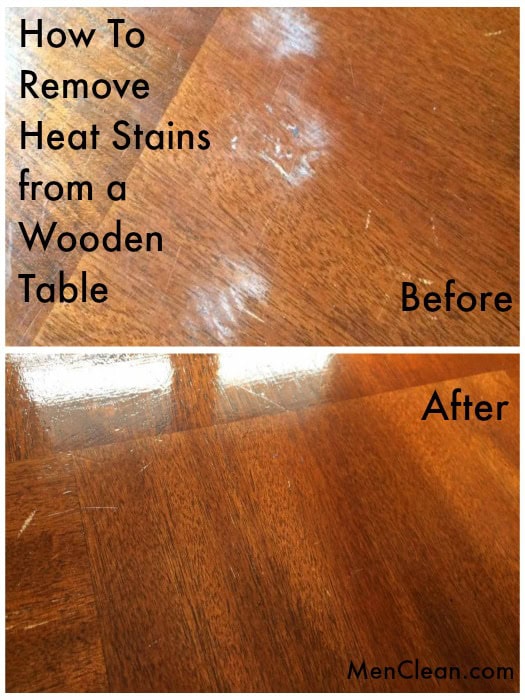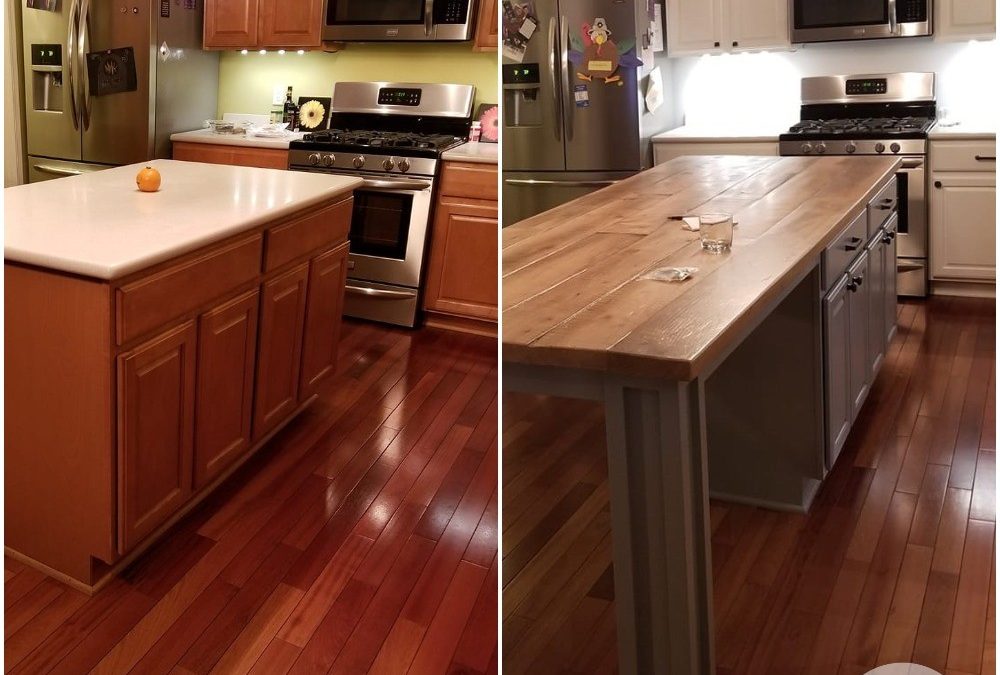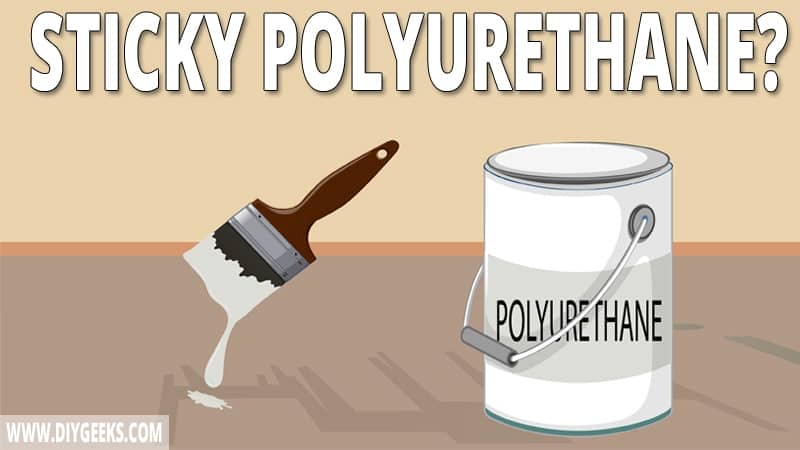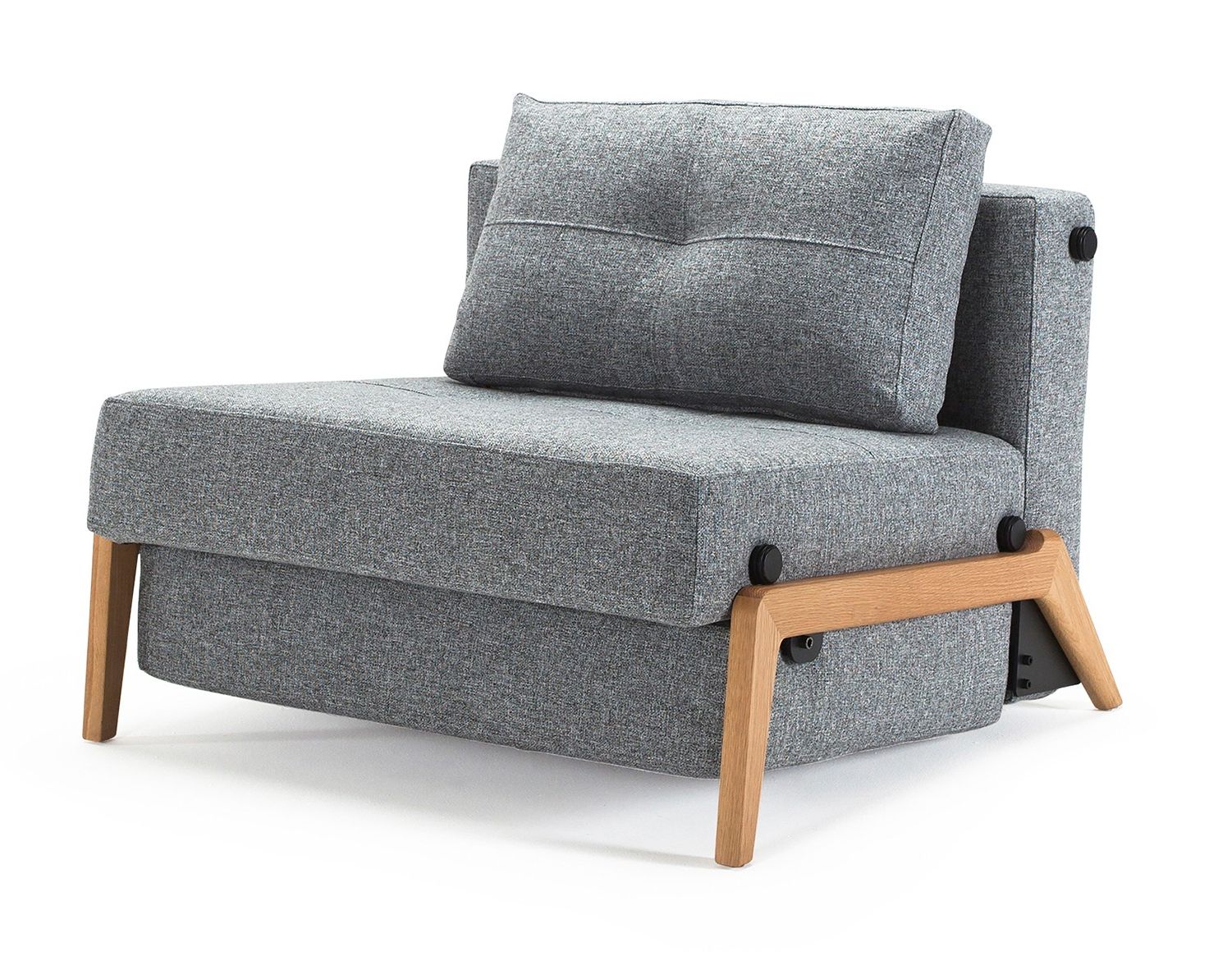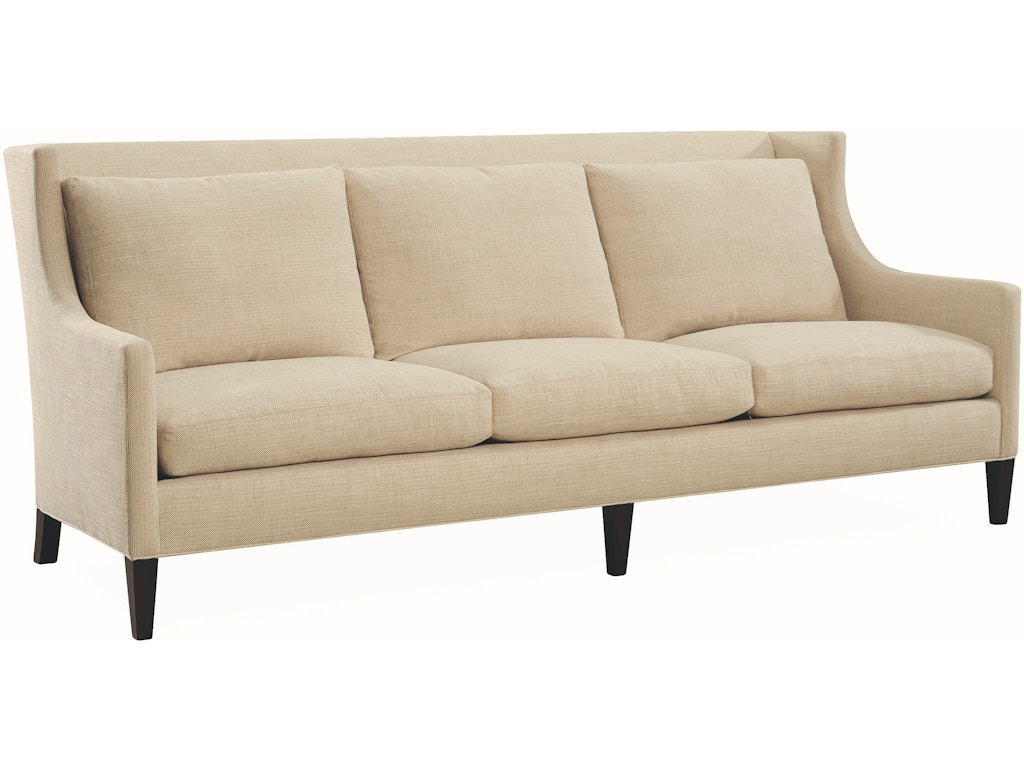If you have a wooden table in your kitchen that has a sticky finish, you're not alone. Over time, surfaces can become sticky due to a buildup of residue from cleaning products, oils, or even food. This can make your once beautiful table look dirty and uninviting. But don't worry, there are ways to remove that sticky finish and restore your table to its former glory.How to Remove a Sticky Finish from a Wooden Table
Before you start trying to remove the sticky finish, make sure to thoroughly clean the surface of your table. Use a mild soap and warm water to gently scrub away any surface grime and dirt. This will make it easier to see the sticky areas and ensure that the cleaning products can penetrate the finish.How to Get Rid of a Sticky Table Top
If you're looking for a natural and cost-effective solution, look no further than your pantry. Mix equal parts vinegar and water and use a cloth to rub the solution onto the sticky areas. Let it sit for a few minutes, then wipe it off with a damp cloth. The acidity of the vinegar helps to break down the sticky residue.DIY: Removing a Sticky Finish from Wood Furniture
If vinegar doesn't do the trick, you can try using mineral spirits. This is a solvent that can dissolve most types of finishes. Use a cloth to apply the mineral spirits to the sticky areas, then wipe it off with a clean cloth. Be sure to wear gloves and work in a well-ventilated area when using this product.How to Clean a Sticky Table Top
If the sticky finish is still persisting, you may need to resort to sanding. Use a fine-grit sandpaper and gently sand the affected areas until the stickiness is gone. Be careful not to sand too much, as this can damage the wood underneath. Once you've sanded, wipe the surface clean with a damp cloth.Removing a Sticky Finish from a Kitchen Table
If your table has a sensitive finish, such as a painted or antique finish, you may not want to risk sanding. In this case, you can try using a furniture cleaner or polish specifically designed for removing sticky residue. Follow the instructions on the product and test it on a small, inconspicuous area first.How to Remove a Sticky Residue from a Table
Prevention is always better than a cure, so here are some tips to help keep your kitchen table from developing a sticky finish in the first place:Tips for Removing a Sticky Finish from a Table
If your table has been damaged by the sticky residue, you may need to take some extra steps to restore it. First, use a wood cleaner to remove any remaining residue. Then, sand the surface with a fine-grit sandpaper and wipe it clean. Finally, apply a new finish such as varnish or wax to protect the wood and give it a shiny, smooth surface once again.How to Restore a Sticky Table Top
For a wooden dining table, you may want to try using a steam cleaner to remove the sticky residue. The heat and moisture can help to loosen and dissolve the stickiness. Just be sure to follow the instructions on your steam cleaner and be careful not to damage the wood.Removing a Sticky Finish from a Wooden Dining Table
If all else fails, you may need to seek professional help to fix the sticky finish on your kitchen table. A furniture restorer or refinisher can assess the damage and recommend the best course of action to restore your table to its former glory. In conclusion, a sticky finish on your kitchen table can be frustrating, but with the right methods and products, it can be easily removed. Remember to regularly clean and maintain your table to prevent the buildup of sticky residue in the future. With a little bit of effort, your kitchen table can be restored to its beautiful and inviting state once again.How to Fix a Sticky Finish on a Kitchen Table
How to Get Rid of a Sticky Finish on Your Kitchen Table

Unleash the Beauty of Your Kitchen Table with These Simple Tips
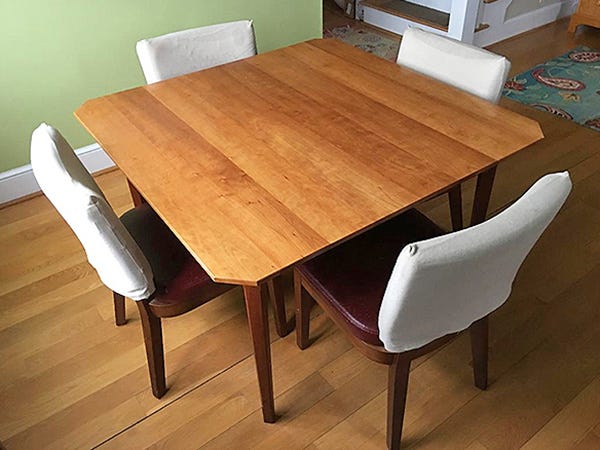 If you have noticed a sticky finish on your kitchen table, you may be wondering what caused it and how to get rid of it. This common issue can make your table look dull and unappealing, taking away from the overall design of your kitchen. However, with the right techniques, you can easily remove the sticky finish and restore the beauty of your kitchen table. Here are some tips to help you out.
The Cause of Sticky Finish on Kitchen Tables
The most common cause of a sticky finish on kitchen tables is the buildup of grease, oil, and dirt over time. As you use your kitchen table for meals and other activities, food and liquids can easily spill and leave behind residue. This residue then attracts dust and dirt, creating a sticky layer on the surface of your table. In some cases, using the wrong cleaning products can also contribute to a sticky finish.
Cleaning and Removing the Sticky Finish
To remove the sticky finish on your kitchen table, you'll need to clean it thoroughly. Start by wiping down the table with a damp cloth to remove any loose debris. Then, mix equal parts of warm water and vinegar in a spray bottle and spray it onto the table. Let it sit for a few minutes to loosen any stubborn residue. Next, scrub the table with a soft-bristled brush or sponge, focusing on the areas with the sticky finish. Rinse the table with a clean cloth and warm water, then dry it with a towel.
Preventing a Sticky Finish in the Future
To prevent a sticky finish from recurring, it's essential to keep your kitchen table clean on a regular basis. Wipe it down after each use, and use a mild cleaner specifically designed for wooden surfaces. Avoid using harsh chemicals, as they can strip the finish and cause it to become sticky. You can also protect your kitchen table by using coasters and placemats to prevent spills and stains.
With these simple tips, you can easily remove a sticky finish from your kitchen table and prevent it from happening again in the future. Don't let a dull and sticky table take away from the beautiful design of your kitchen. Keep it clean and well-maintained, and you'll have a stunning centerpiece that will impress your guests for years to come.
If you have noticed a sticky finish on your kitchen table, you may be wondering what caused it and how to get rid of it. This common issue can make your table look dull and unappealing, taking away from the overall design of your kitchen. However, with the right techniques, you can easily remove the sticky finish and restore the beauty of your kitchen table. Here are some tips to help you out.
The Cause of Sticky Finish on Kitchen Tables
The most common cause of a sticky finish on kitchen tables is the buildup of grease, oil, and dirt over time. As you use your kitchen table for meals and other activities, food and liquids can easily spill and leave behind residue. This residue then attracts dust and dirt, creating a sticky layer on the surface of your table. In some cases, using the wrong cleaning products can also contribute to a sticky finish.
Cleaning and Removing the Sticky Finish
To remove the sticky finish on your kitchen table, you'll need to clean it thoroughly. Start by wiping down the table with a damp cloth to remove any loose debris. Then, mix equal parts of warm water and vinegar in a spray bottle and spray it onto the table. Let it sit for a few minutes to loosen any stubborn residue. Next, scrub the table with a soft-bristled brush or sponge, focusing on the areas with the sticky finish. Rinse the table with a clean cloth and warm water, then dry it with a towel.
Preventing a Sticky Finish in the Future
To prevent a sticky finish from recurring, it's essential to keep your kitchen table clean on a regular basis. Wipe it down after each use, and use a mild cleaner specifically designed for wooden surfaces. Avoid using harsh chemicals, as they can strip the finish and cause it to become sticky. You can also protect your kitchen table by using coasters and placemats to prevent spills and stains.
With these simple tips, you can easily remove a sticky finish from your kitchen table and prevent it from happening again in the future. Don't let a dull and sticky table take away from the beautiful design of your kitchen. Keep it clean and well-maintained, and you'll have a stunning centerpiece that will impress your guests for years to come.





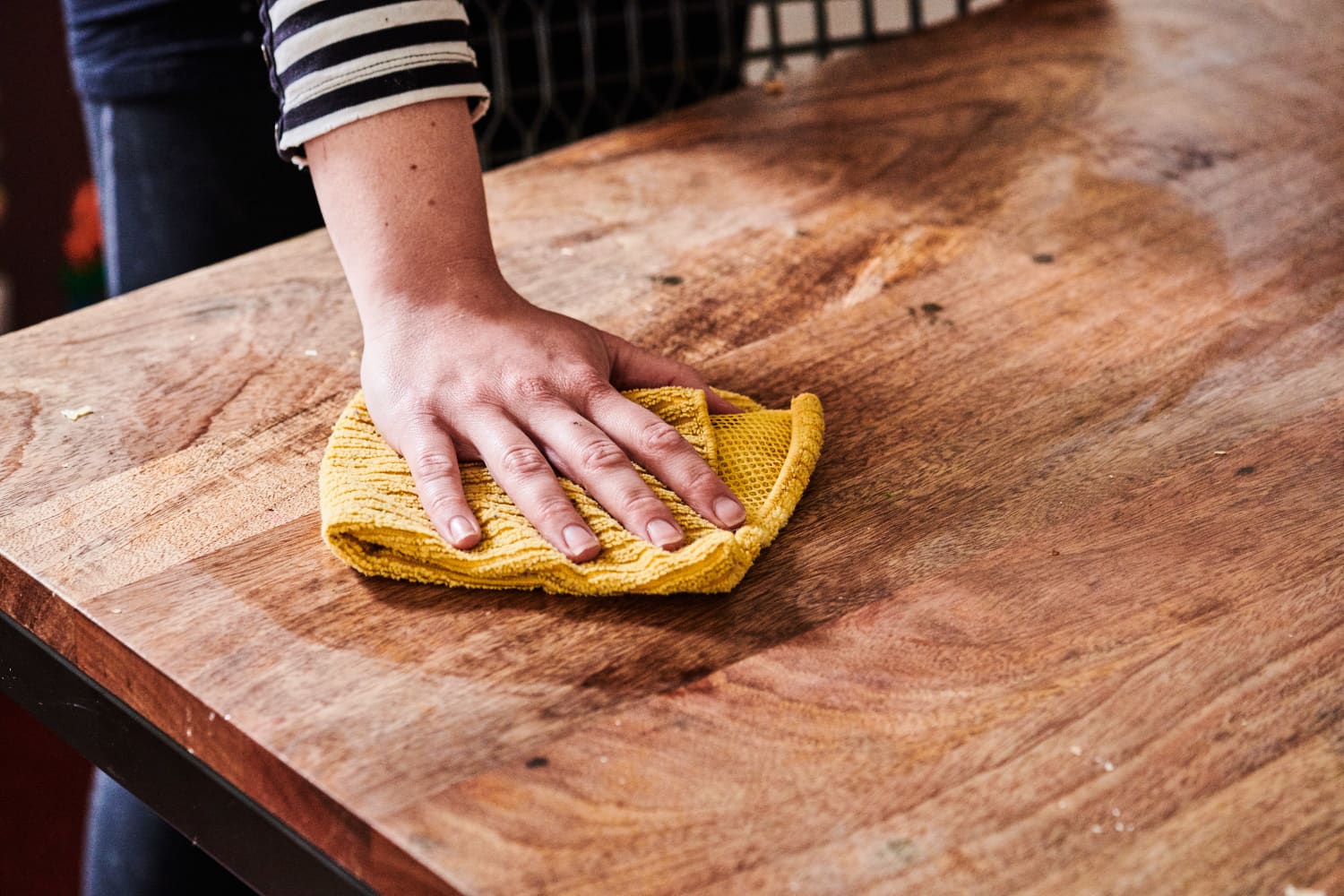



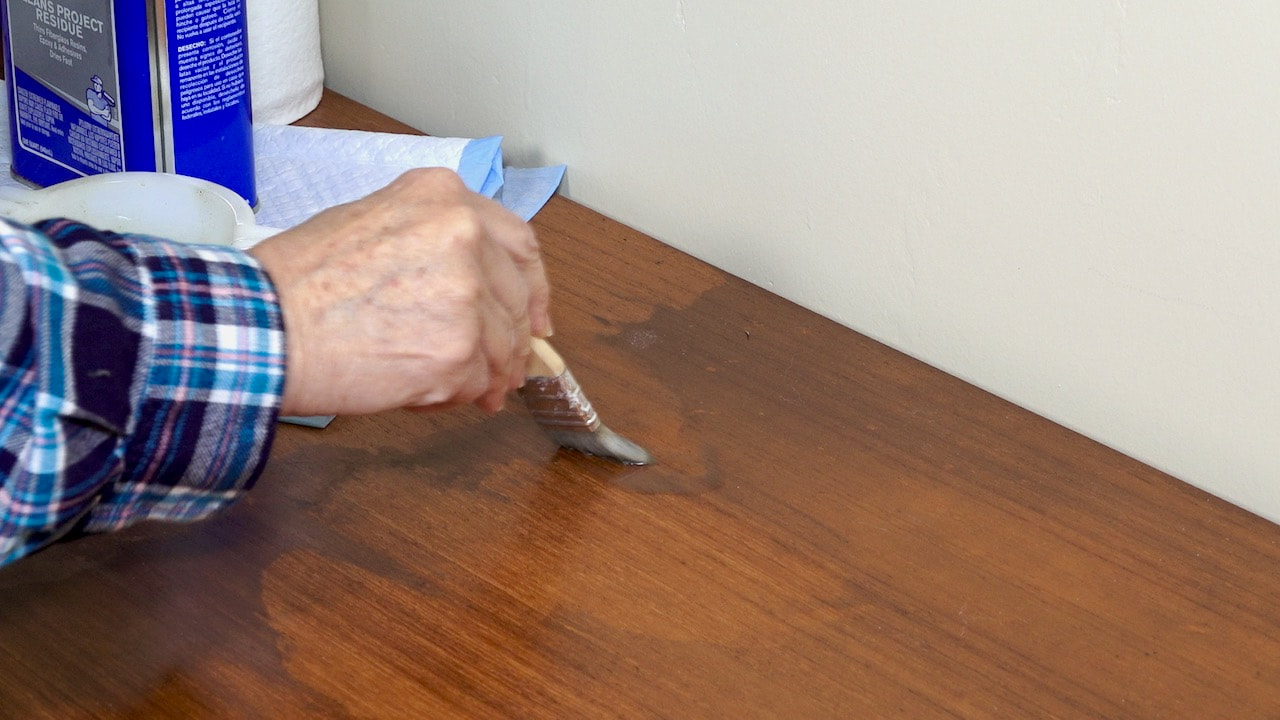



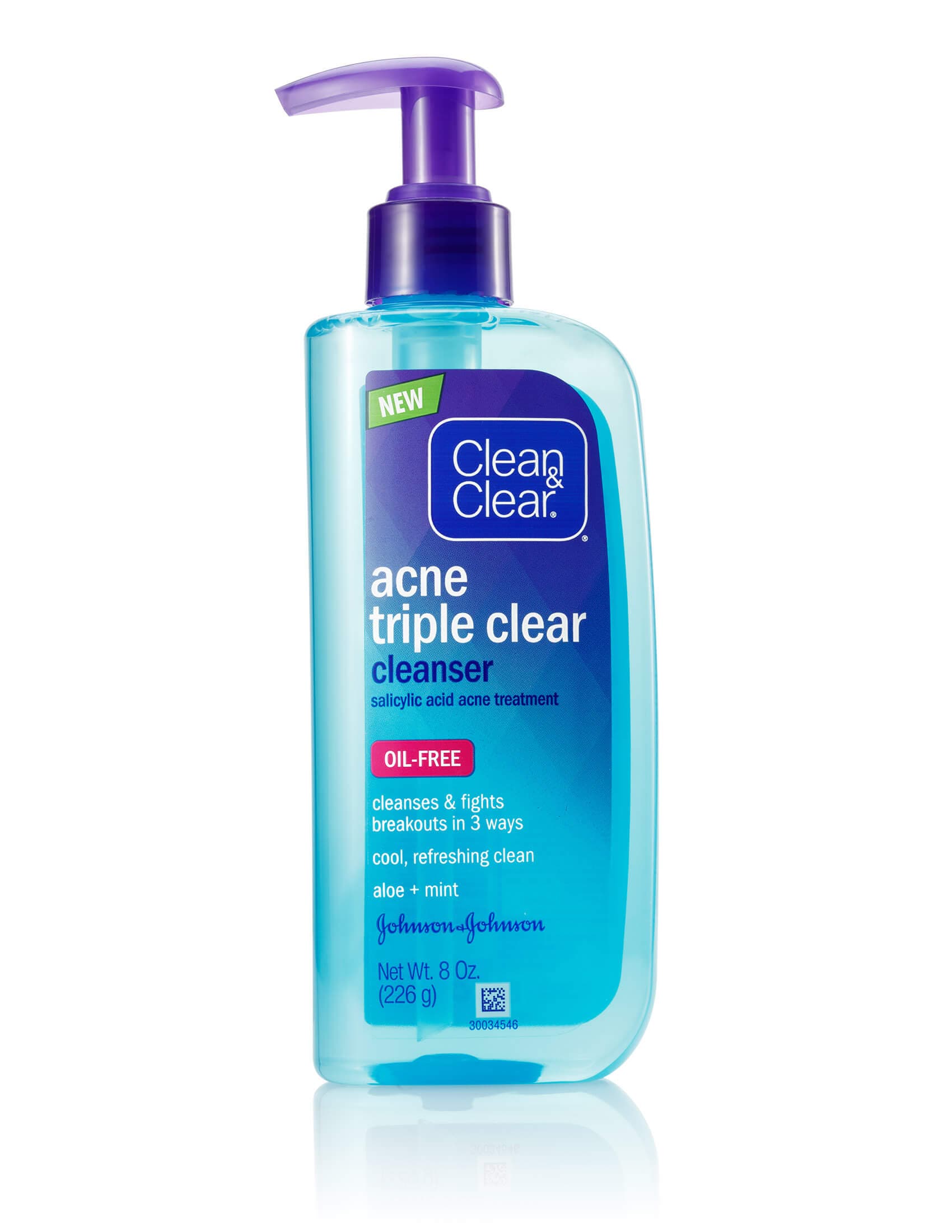





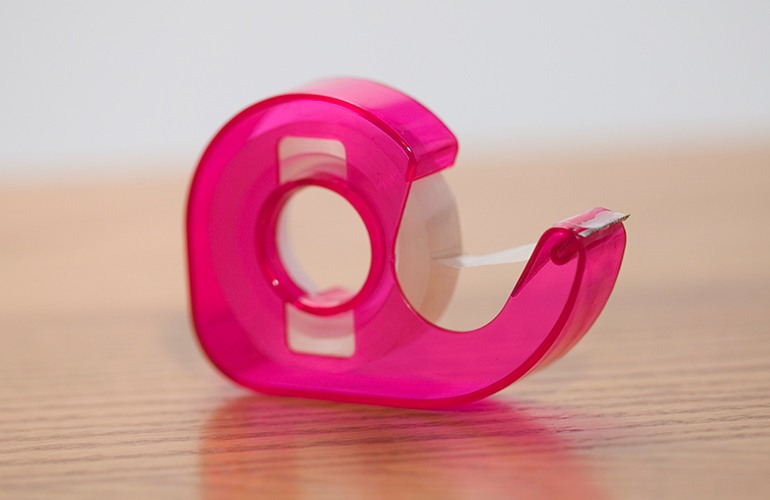












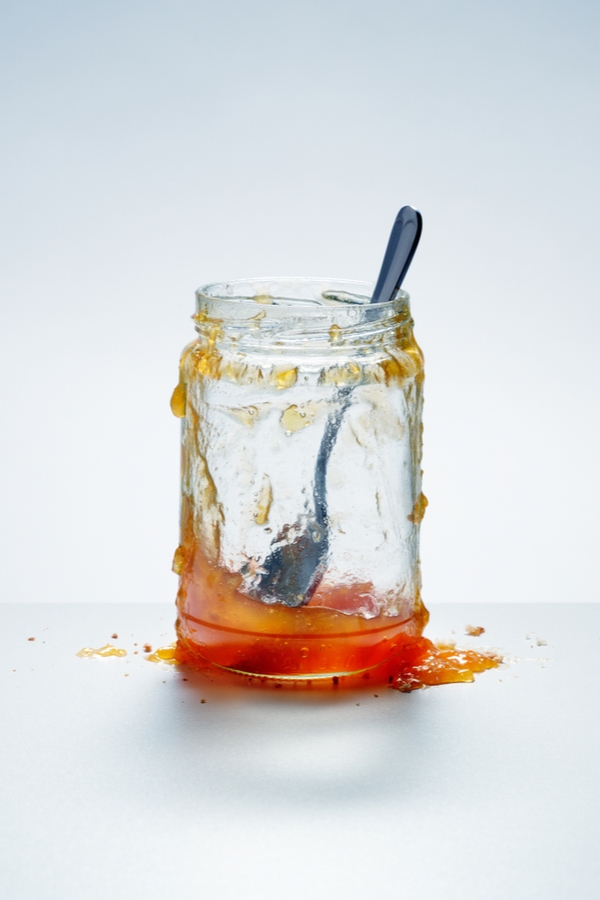

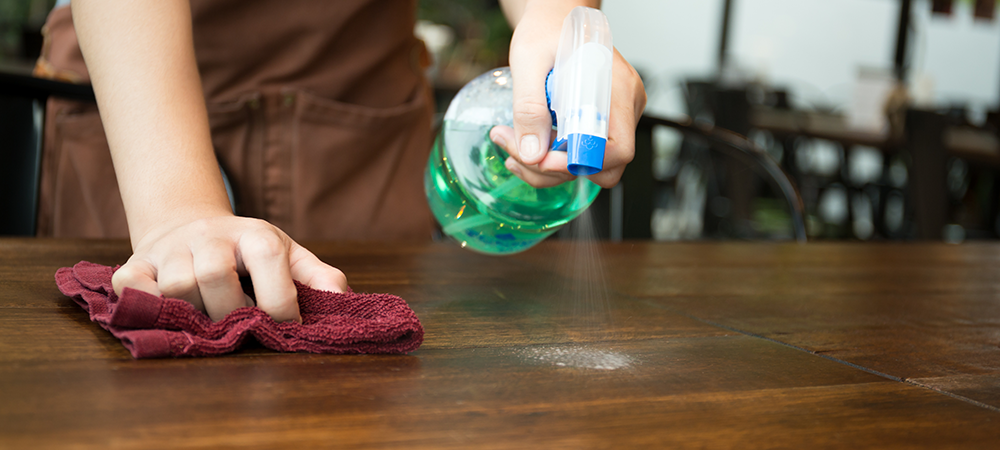


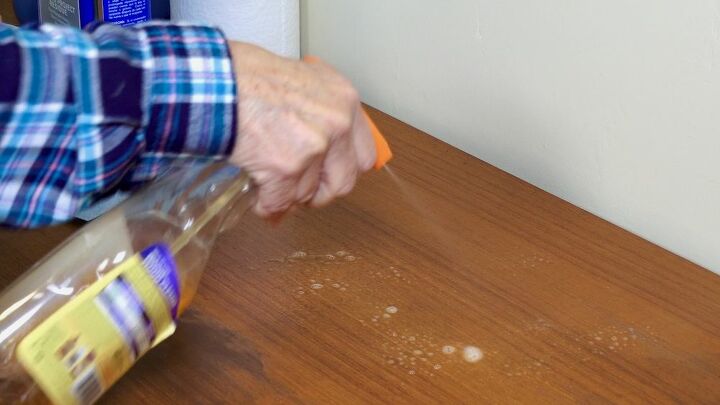
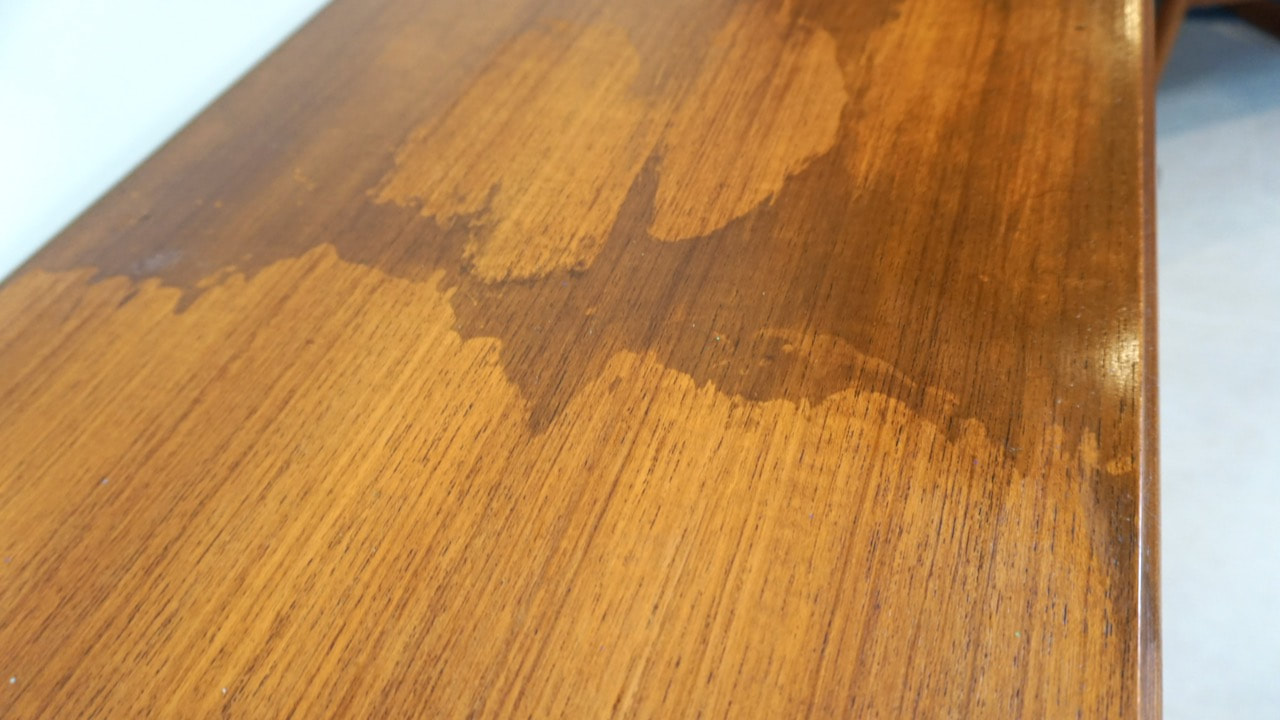
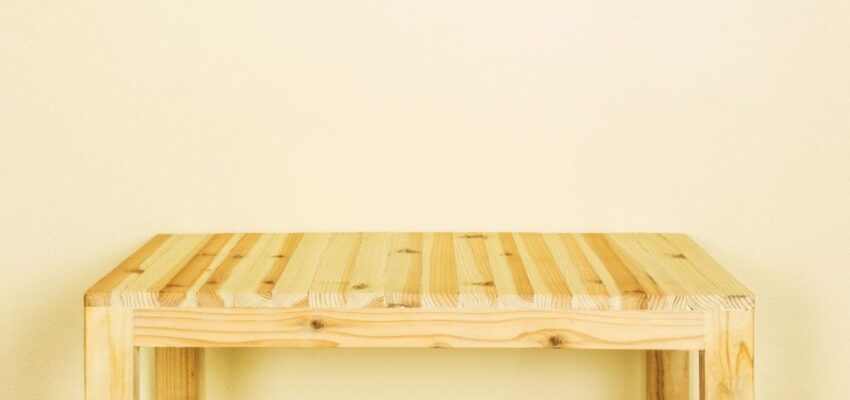










:strip_icc()/assorted-cleaning-solutions-plus-peanut-butter-594c8e41-6ca410ecabc646959db37d9888bffbca.jpg)
